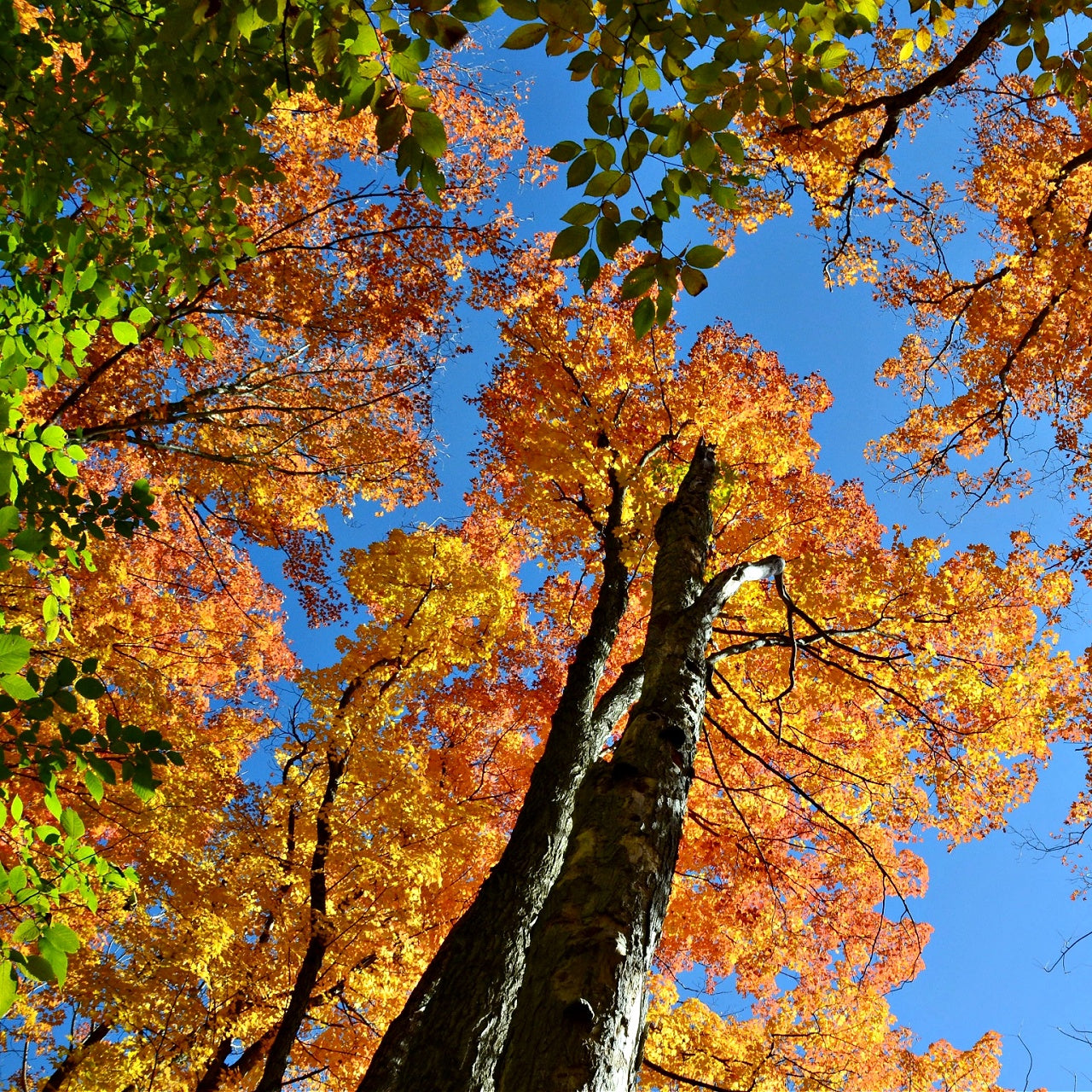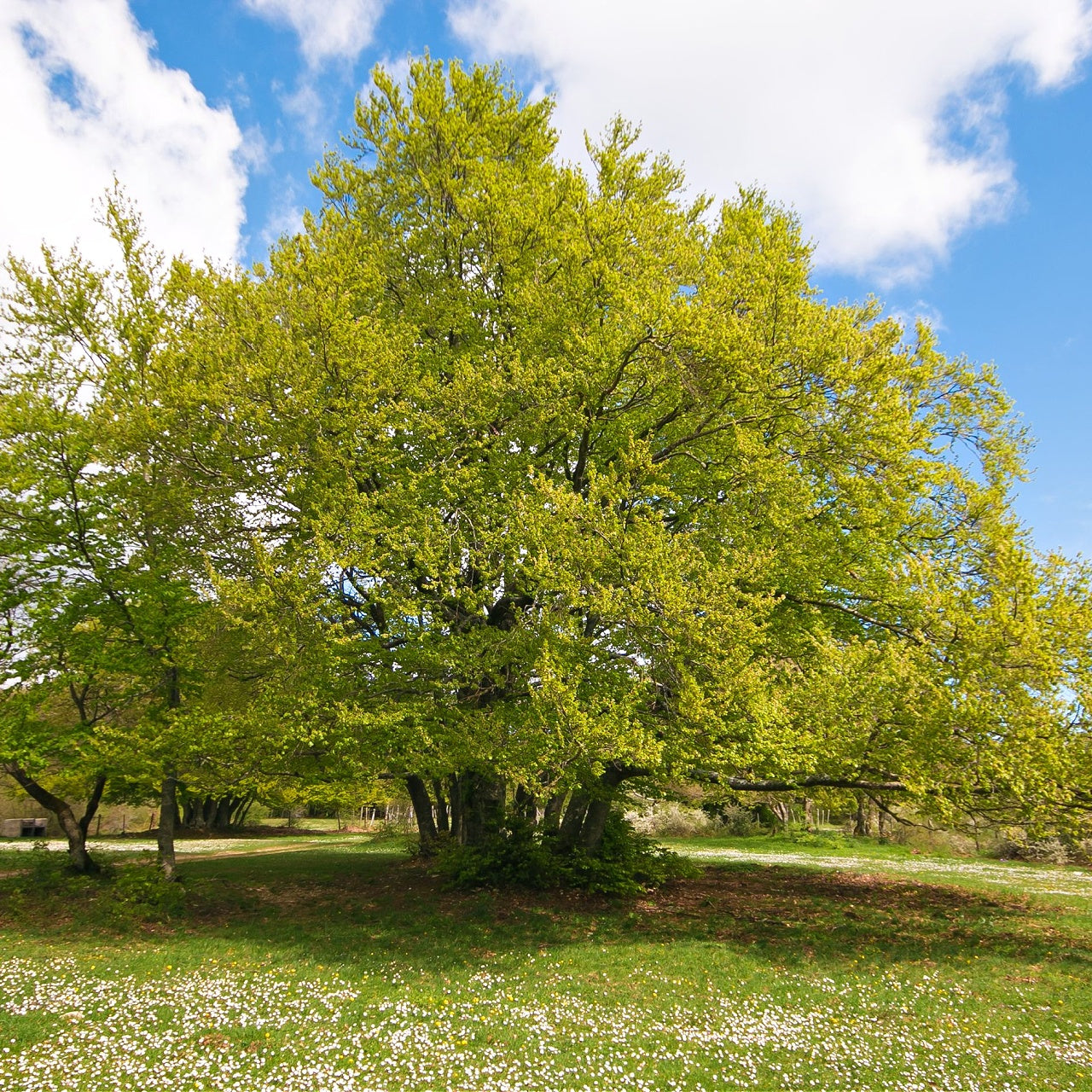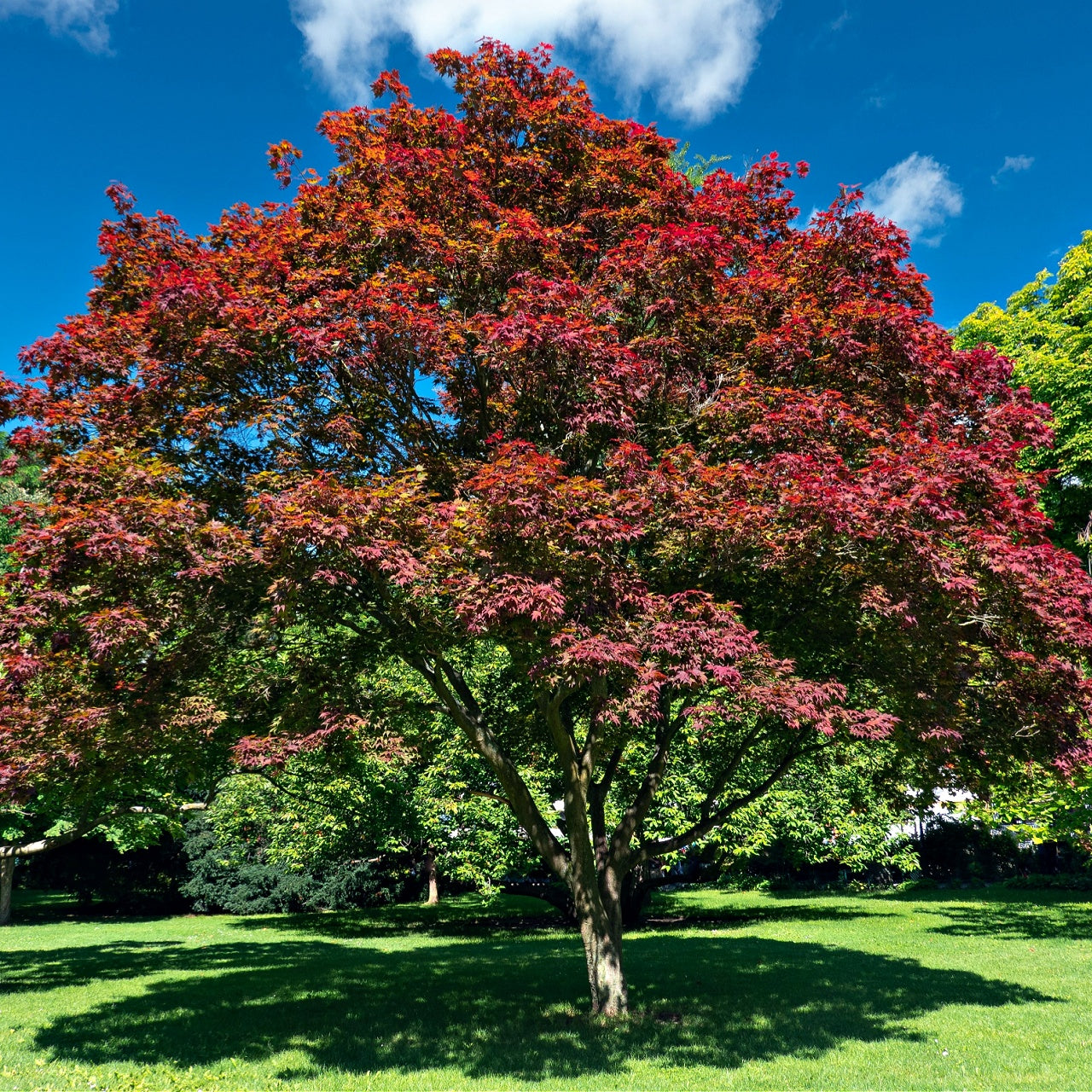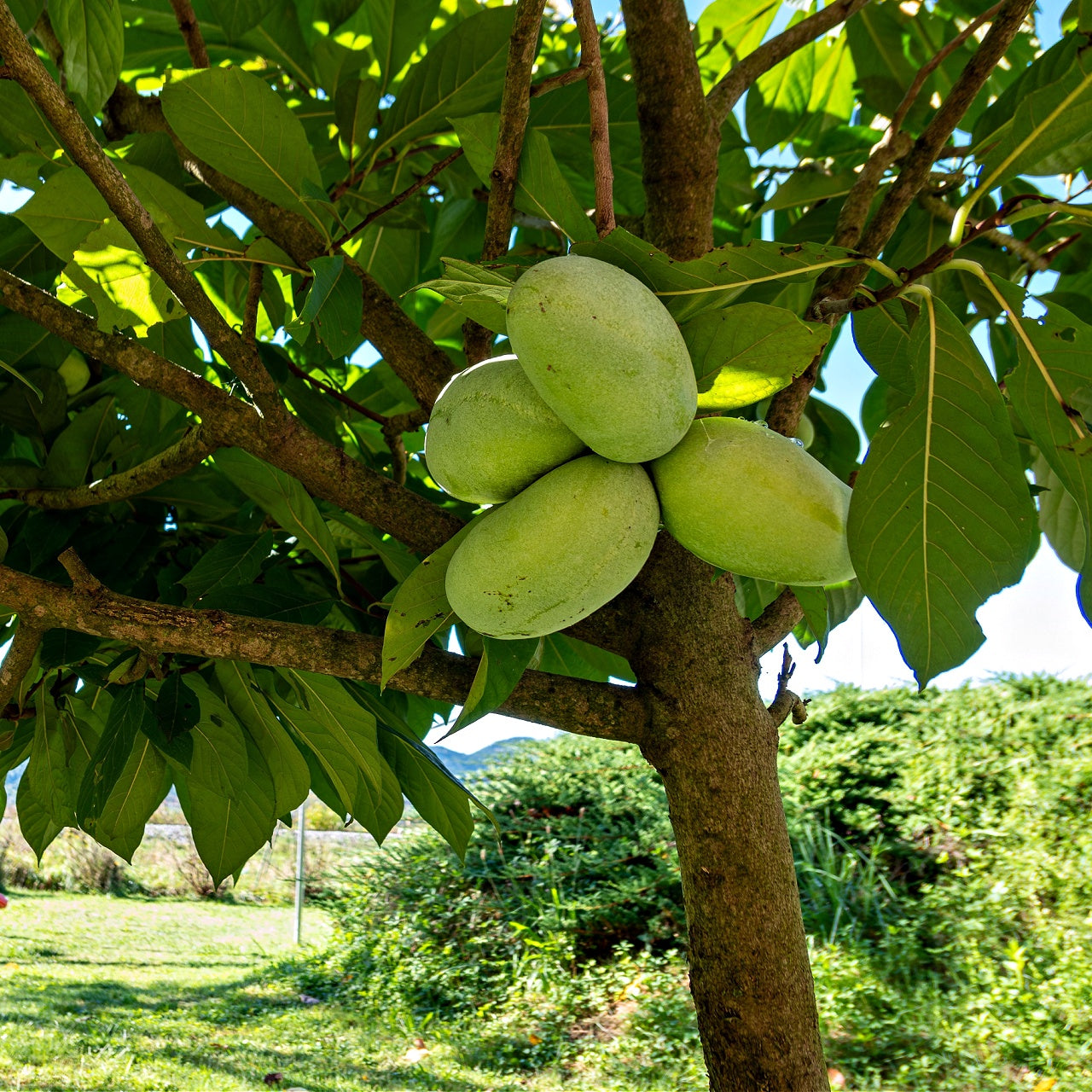
Living Mulch for Healthier Gardens
Living Mulch for Healthier Gardens
Living Mulch Strategies
Living mulch involves spreading seeds to cover soil surfaces. The practice uses selected plant species that grow with your main crops to create a protective, nutrient-rich soil cover. This approach aims to develop a supportive ecosystem that allows both main crops and companion plants to prosper while minimizing weed presence and enhancing soil nutrients, which leads to improved garden health. Selecting appropriate plant varieties with knowledge of planting techniques and care practices allows you to create a more durable growing area. Living mulch acts as a sustainable mulching option that delivers continuous coverage, and moving soil conditioning mulch creates an active ecosystem above the soil filled with beneficial organisms that engage in positive interactions with the main crops. Dense green foliage around your vegetable plants or fruit trees shields the soil and enhances garden aesthetics.
Identify the Best Living Mulch Plants for Your Garden
Your choice of living mulch plants must match your regional climate conditions and garden design while fulfilling your primary crops’ particular requirements. Certain species perform optimally in cooler and partial shade conditions, while different species require full sun and warm climates to flourish. Many gardeners choose clovers because they convert nitrogen into soil, enhancing fertility and reducing dependence on additional fertilizers. Some gardeners prefer low-growing grasses or specific legumes to accomplish various gardening objectives. The perfect living mulch spreads quickly while controlling weed growth and supports the root systems of primary crops without competition. Creeping thyme and alfalfa are low-maintenance groundcovers that deliver lasting soil coverage for perennial orchards and vineyards. Quick-growing cover crops such as rye and hairy vetch deliver short-term advantages for vegetable gardens that practice crop rotation during off-season periods. To choose an appropriate plant, you must examine how its growth patterns and needs align with those of your main crops. Students who monitor local conditions and maintain equilibrium between living mulch and primary plants create a base for enhanced garden health and productivity.

Planting and Maintenance Methods
You can plant living mulch simultaneously as your main crop or introduce it after the primary plants have developed. Several gardeners plant clover seeds and other cover crop seeds directly into the ground next to transplants so the cover crops will germinate after the primary crops have been established. Some gardeners broadcast living mulch seeds after their primary plants reach a specific height. Time is critical for whichever method you choose. Initiating mulch early may improve weed suppression but carries the risk of competition if the mulch grows too intense too quickly. After installing living mulch, you need to monitor plant health continuously to ensure that all your plants grow well together. Trimming or mowing back aggressive cover crops helps primary vegetables and fruit trees get sunlight and nutrients. Appropriate watering practices are essential because living mulch affects water distribution around the primary plants. Monitor soil moisture carefully throughout hot and dry periods to preserve plant health. Regular cutting back of mulch will stimulate healthy regrowth while balancing coverage and competition between plants. The decaying mulch material from periodic trimming will improve soil quality, boosting garden fertility.
Benefits and Considerations
Living mulch provides significant weed control benefits because the cover plants prevent invasive species from establishing roots. Living mulch shades the soil while conserving moisture, lowering watering requirements, and protecting roots from high temperatures. Specific species act as natural soil fertilizers through nitrogen fixation from the atmosphere without chemical fertilizers. The approach helps maintain soil vitality over time while cutting down maintenance needs and can boost crop yields. Living ground cover maintains soil structure by preventing erosion and runoff from occurring. Living mulch benefits biodiversity by drawing pollinators and beneficial insects alongside other organisms vital to maintaining an ecological balance. Still, there are essential factors that need attention. If living mulch plants are not correctly managed, they can become competitors for water, nutrients, and sunlight from the main crops. Choosing species with suitable growth patterns for living mulch helps avoid adverse crop effects. You may need to use pruning or mowing techniques to maintain proper mulch levels, increasing the workload in your maintenance schedule. Every living mulch type needs specific climate and soil conditions to thrive, making understanding local environmental conditions essential to achieve successful results. Many gardeners conclude that the benefits of living mulch exceed any difficulties because it improves soil health, reduces weed growth, and provides a natural fertility maintenance method.
Strategic application of living mulch transforms conventional gardens into regenerative agriculture systems where plants and microorganisms unite to form a thriving ecosystem. Cover crop roots from clover to rye to legume-grass mixes penetrate soil structures, creating tiny channels that improve soil aeration and drainage capabilities. The root system establishes an environment for earthworms and other below-ground animals to thrive, where they continue to decompose organic material and spread nutrients, leading to progressive soil improvement. The benefits of living mulch stay in the soil after tilling or replacement operations and continue to enhance fertility and plant well-being over time. Gardeners observe improved yields and more vigorous plants because they need fewer artificial inputs.
Living mulch turns bare earth around your main crops into a lush, beneficial ground cover. Healthy competition with weeds and enhanced soil features create a functional yet visually pleasing balance. The effectiveness of every gardening approach requires careful observation coupled with learning through mistakes and adjustments based on the specific conditions of each site. Exploring various living mulch species enables small plot managers and orchard caretakers to develop systems that promote plant growth while enhancing environmental resilience. Selecting appropriate plant species and carefully monitoring growth with timely modifications allows gardeners to experience vibrant plant productivity during the growing season. Living mulch strategies represent an innovative approach that works harmoniously with nature to ensure sustained land productivity and health for future generations.
How to Create Your Own Living Mulch
Living mulch represents sustainable farming by integrating low-growing cover crops and beneficial plant species into primary crop areas to improve soil quality. The method serves to shield the soil alongside weed control and moisture conservation while minimizing erosion and gradually enhancing soil fertility. Creating your own living mulch benefits any garden size by promoting biodiversity, conserving resources, and supporting plant health.
Begin by determining your objectives for implementing a living mulch system. Gardeners who aim to control weeds naturally prefer to avoid synthetic herbicides, while others focus on nitrogen fixation and creating habitats for beneficial insects. Gardeners implementing living mulch systems frequently use clover, vetch, ryegrass, and several low-growing herbs. White clover and hairy vetch are legumes that absorb nitrogen and turn it into usable nutrients for other plants, lowering the demand for synthetic fertilizers. Grasses such as ryegrass are natural soil stabilizers that protect against erosion while maintaining soil moisture levels.
Selecting the right species makes the timing of planting essential. Early spring and late summer provide moderate temperatures, which enable many cover crops and living mulches to flourish when seeded during these periods. Farmers in mild climates have the option to plant certain varieties during late fall so they can develop roots before winter's arrival. All plants require soil that remains loose and well-drained and contains no debris or large clumps when planted. When you lightly till or rake the soil surface, a seedbed becomes ready for planting. Disperse seeds gently around established plants in beds containing perennials or fresh vegetable starts. After scattering the seeds, water the soil gently to ensure proper seed settlement.
Planting living mulch requires careful spacing to function effectively alongside your main crops. Your vegetables, flowers, and fruit-bearing shrubs need enough space to obtain sufficient sunlight and airflow. When planting tall vegetation such as tomatoes or corn, you can use shorter living mulch varieties to cover the paths and empty spaces between plants. Strategic placement of cover crops around your central plants minimizes competition and enhances weed suppression and soil protection benefits.
Proper management and maintenance practices will keep your living mulch healthy and productive. Trimming or mowing your mulch plants helps control when their growth exceeds the desired height and density. The "chop and drop" method involves leaving plant clippings to decompose directly on the soil surface. The breakdown of plant material produces nutrients and organic matter that sustain the soil's food web. Depending on your climate, you might need to water your living mulch occasionally to maintain its establishment during dry periods, but avoid excessive watering, which could cause fungal problems.
Your living mulch will grow stronger in ecosystem conditions through its long-term benefits. This living mulch supports essential soil organisms such as earthworms and mycorrhizal fungi while shielding the soil from exposure to sun, wind, and rain. The living mulch creates a balanced microclimate, which helps minimize the risks of pest infestations and plant diseases. Selecting suitable species and managing your cover crops at the right time allows you to cultivate a living mulch that promotes healthy plant growth and supports biodiversity while maintaining soil structure and minimizing garden inputs.






